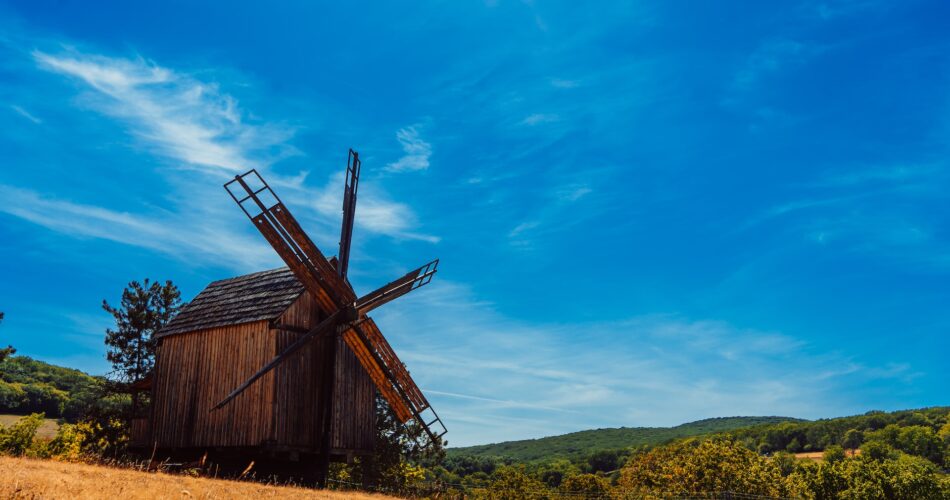Romania is a hidden gem nestled in the heart of Eastern Europe, boasting the largest brown bears in Europe. With over 6,000 bears roaming the Carpathian Mountains, encounters with them are not uncommon. In Maramureș, locals still adhere to age-old customs, plowing their fields with horse-drawn carts and celebrating life with exuberant festivals. To explore Romania, we aim to equip you with the essential knowledge, from practical tips on transportation and currency to the must-see attractions. Discover the mesmerizing landscapes of Transylvania, the vibrant streets of Bucharest, and the cultural tapestry woven by diverse ethnic communities.
Are you ready to embark on a journey through the land of legends, where medieval castles stand tall and enchanting folklore dances in the air? Romania, a hidden gem nestled in the heart of Eastern Europe, beckons to be discovered. Before you set foot in this captivating country, you should know a few things that will ensure your visit is nothing short of extraordinary.
Did you know Romania boasts the largest brown bears in Europe? Yes, you read that right! With over 6,000 bears roaming the vast Carpathian Mountains, encounters with these majestic creatures are not uncommon. Imagine the thrill of spotting one of these furry giants in their natural habitat, a truly awe-inspiring experience that will leave you with unforgettable memories.
But bears are just the beginning of the surprises that await you. Did you ever think you could find a village where time stands still? Enter Maramureș, a place where traditions are cherished and wooden churches reach for the heavens. Here, locals still adhere to age-old customs, plowing their fields with horse-drawn carts and celebrating life with exuberant festivals. It’s like stepping into a fairy tale, where every corner reveals a story waiting to be told.
As you prepare to explore Romania, we aim to equip you with the essential knowledge to enrich your journey. From practical tips on transportation and currency to the must-see attractions that will leave you breathless, we have curated a guide that delves deep into the soul of this extraordinary country. Get ready to discover the mesmerizing landscapes of Transylvania, the vibrant streets of Bucharest, and the cultural tapestry woven by diverse ethnic communities.
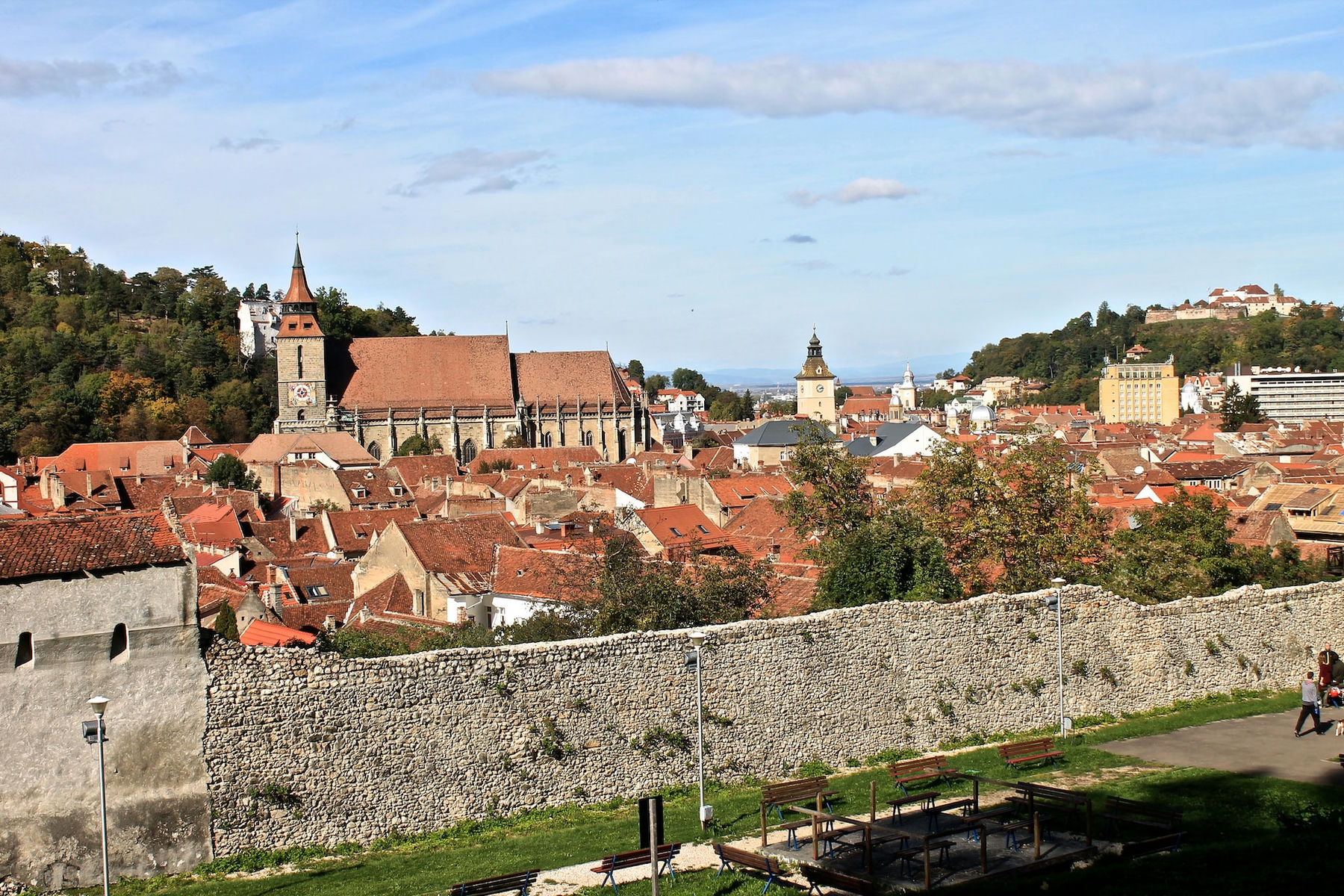
Zidurile Brasovului, Brasov, Romania
So, dear adventurer, get ready to unlock the secrets of Romania, a land that will captivate your imagination and leave an indelible mark on your heart. Join us as we unravel the wonders that lie beyond the beaten path, sharing insights that will ensure your visit is filled with wonder, joy, and a touch of the unexpected. Romania awaits, ready to embrace you with open arms and reveal its hidden treasures.
Things To Know Before Visiting Romania
Do you want to go to Romania? So, that’s a good idea! Romania is a beautiful country with a history, culture, and landscape that are all its own. There are a few things you should know before your trip so you can get the most out of it. In this blog post, we’ll talk about what you need to know about Romania’s history, culture, entry requirements, money, budget, safety, and more.
If you like history, you will love Romania’s rich and colorful history. Romania’s history is full of twists and turns because it was at the center of the Ottoman, Austro-Hungarian, and Russian empires. Our history is full of wars, invasions, and being ruled by other countries. This shows how strong and determined our country was to unite Transylvania, Wallachia, and Moldova into one independent state, which didn’t happen until 1918. The history of our country is like Game of Thrones but without magic.
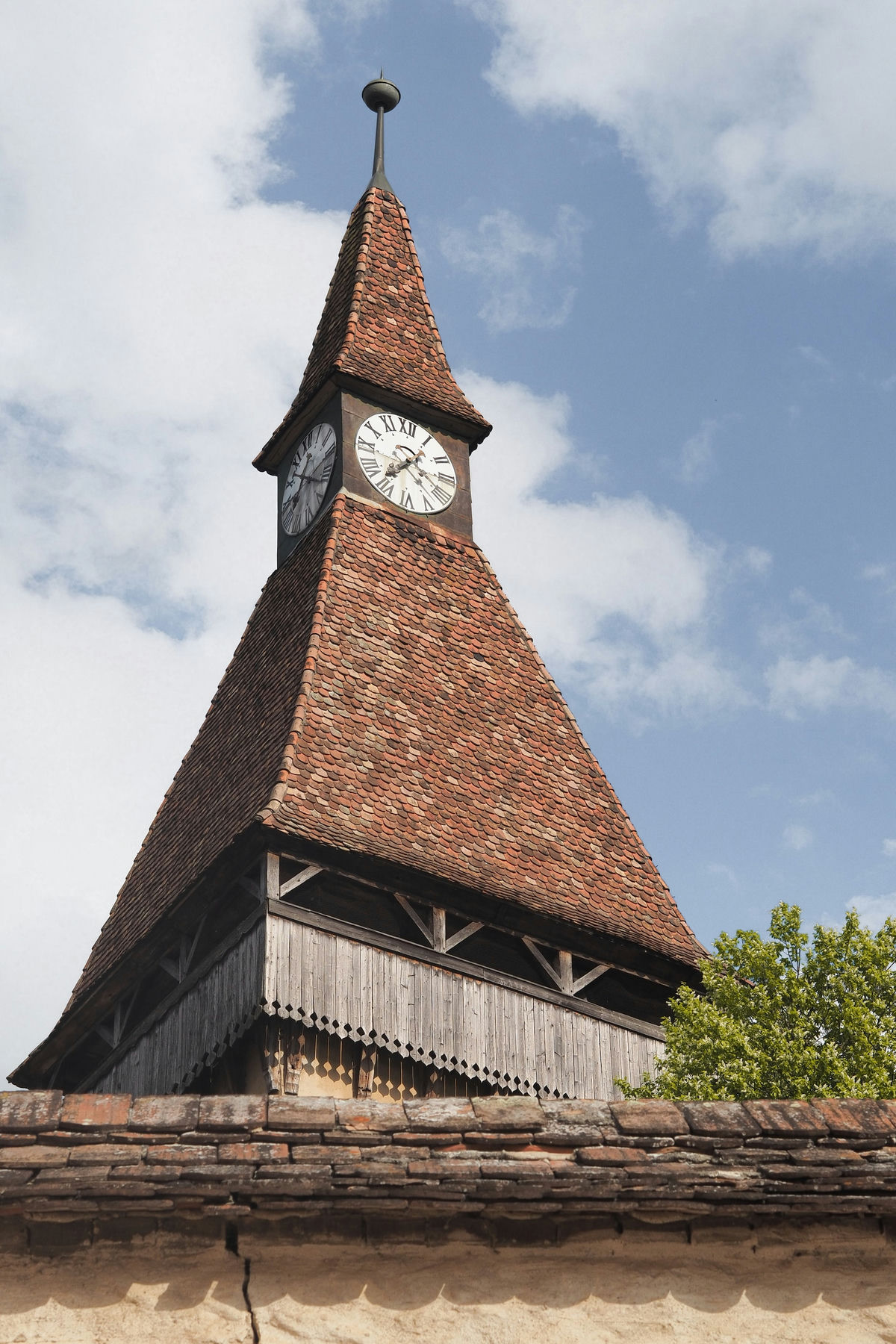
Biertan, Romania
As for the culture and people of Romania, you’ll find that Romanians are very friendly and welcoming, and they love to enjoy life, food, and being with other people. We have Latin blood and a cultural affinity for the way people live in Western Europe. Our Orthodox Christian religion has given us a Balkan vibe and traditional Eastern values. So don’t be surprised if you go to Romania and see a mix of things from different cultures. Let’s start with some useful travel tips and the most up-to-date information about visiting Romania:
Entry Requirements And Visa
If you’re from a country in the European Union, you don’t need a visa to go to Romania. People from every other country in the world might have to get a visa. Check the conditions of entry from the Ministry of Foreign Affairs and the list of countries for which a visa is (or isn’t!) needed to learn more about the travel documents you need. Some tourists, like those from the US, UK, or Canada, don’t need a visa to visit Romania if they only stay there for less than 90 days. But you should also always double-check the rules on your own.
On the Ministry’s (and only) official website, you can fill out an application for a visa. People who have a Schengen visa with multiple entries (and slots that are still open and valid!) do not need a Romanian visa. We can’t help you become a Romanian citizen or learn more about getting a residence permit.
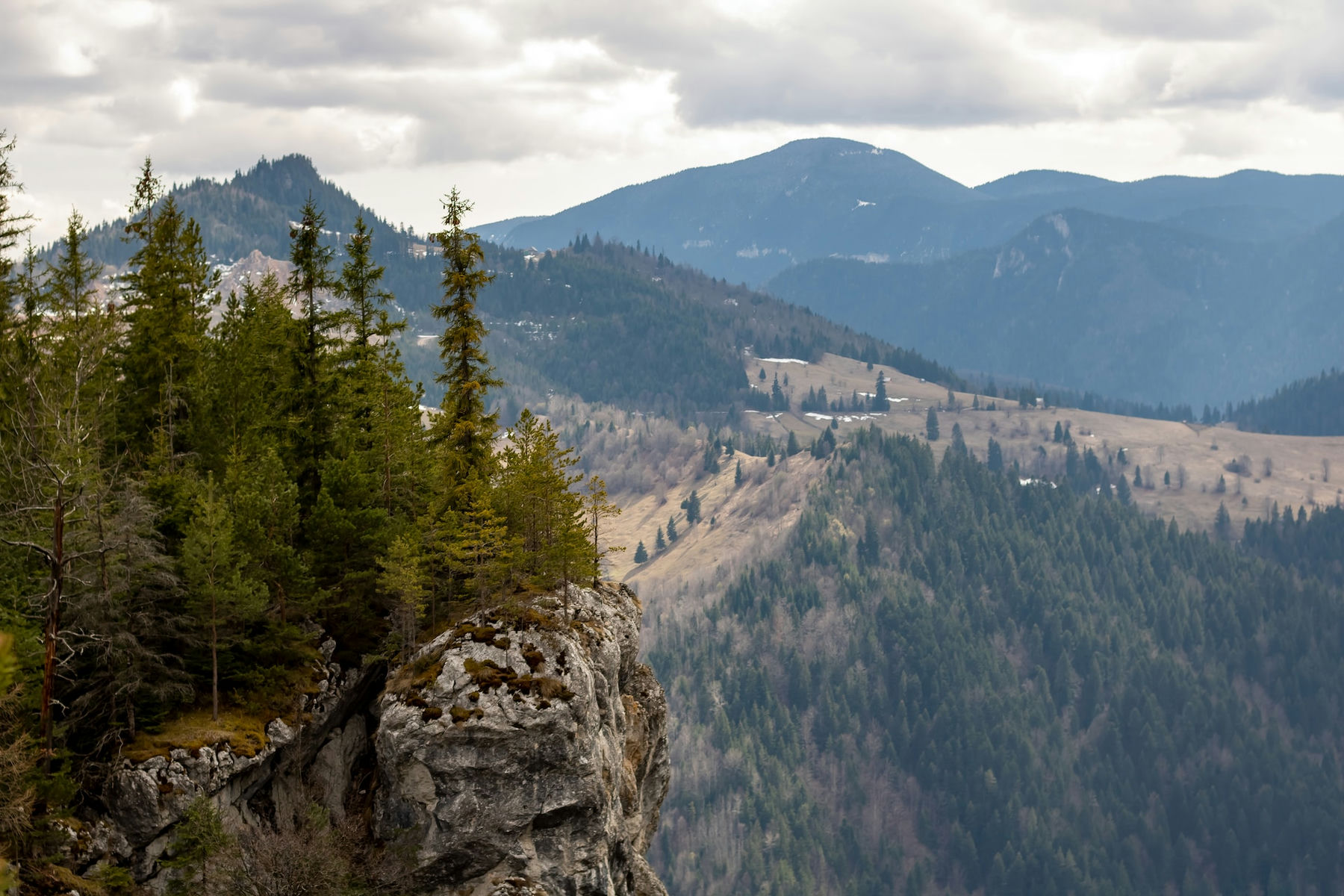
Cheile Șugăului, Bicaz Chei, Romania
As of January 2023, there are no restrictions or requirements for entering Romania. Our country is normally open to travel and tourism from around the world. Inside the country, you don’t need a passport, a visa, a mask, or any other kind of travel document. We’ll change this section if things change.
Romanian Money, Exchange Shops, And Credit Card Transactions
The Romanian currency is the Leu (RON), or Lei, which comes in 1, 5, 10, 50, 100, 200, and 500 bills. These bills are all made of plastic and are almost impossible to break. One Leu is made up of “bani,” which are coins of 50, 10, and any other size that doesn’t matter. Even though some prices in Romania are also written in Euros, you can’t pay with Euros in cash. If someone offers you an “in-house” exchange rate, you should check the official rates before agreeing to it.
Check out the official exchange rates published by the Romanian National Bank here: 1 Euro is about 5 Lei, and 1 USD is about 4,3 Lei. Prices in Romania are generally lower than in Western Europe. With 1 Euro, you can buy two 0.5-liter bottles of water, a two-way bus/tram ride in most cities, or 1-2 snacks from a street pastry shop. It’s very common to pay by card.
How Is The Weather In Romania And When To Go?
Ah, Romania! A country with beautiful scenery, interesting history, and weather that often takes people by surprise. Before you travel to this beautiful country, let’s talk about the weather, climate, and best time to go. Romania has what was to be called “standard weather,” a temperate and continental climate. But because the weather has been changing like a teenager’s mood, the time between seasons has been getting shorter in recent years. So get ready to be surprised!
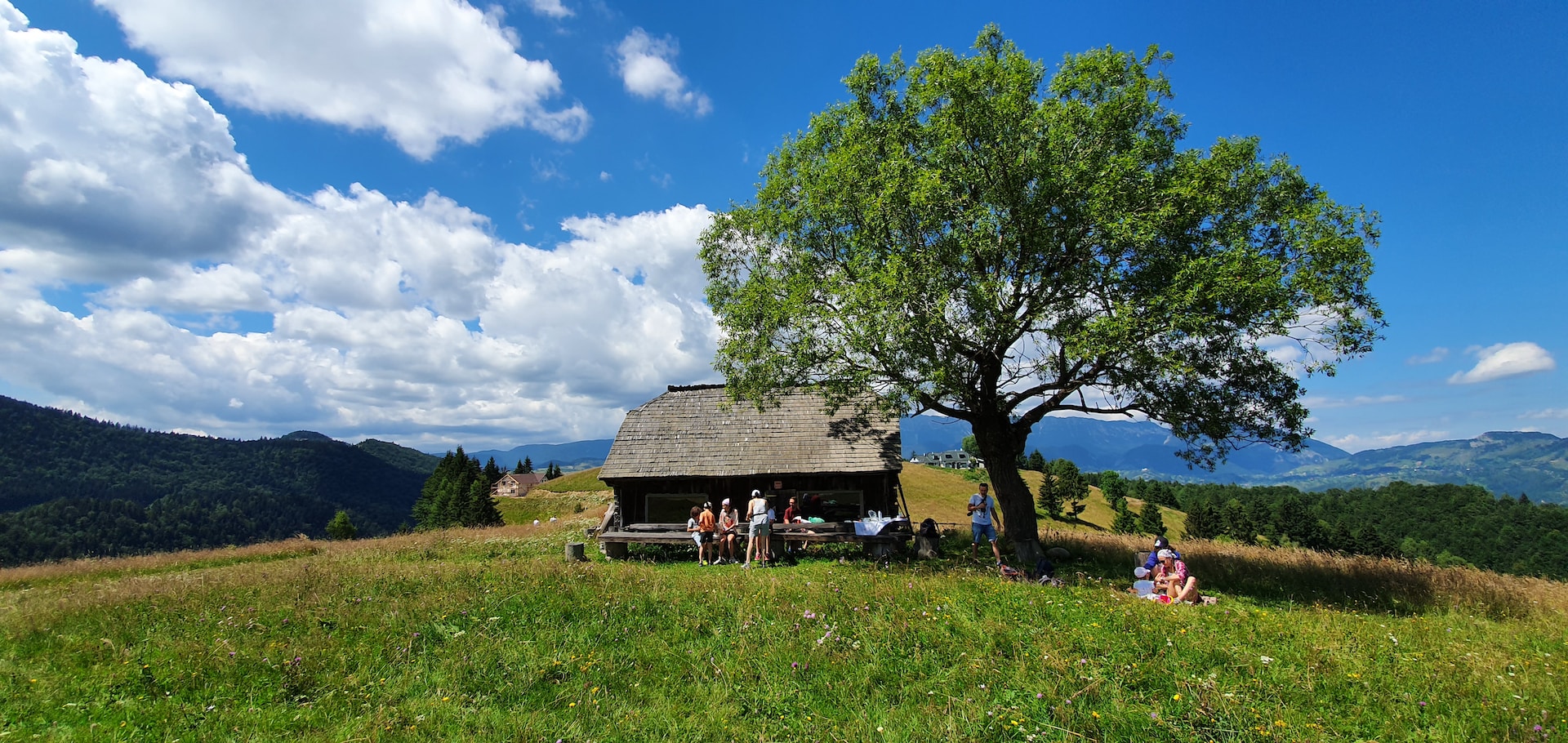
Moieciu, Romania
During the summer, from June to September, the average temperature is between 32 and 38 degrees Celsius. Less rain falls during this time, making it a great time to go outside and do things like sightseeing. But be careful: August, which is the busiest month for tourists, can bring scorching heat waves, especially in cities that are popular with tourists. If you want to explore the more remote parts of the Carpathian Mountains, you’ll find that the heat isn’t as bad. This will let you feel more at home in nature.
Even though December and January are still cold, snow is less likely to fall in the cities than in the mountains. If you want a winter wonderland, the snowy landscapes of the mountains will make your dreams come true. Put on your warmest winter clothes and get ready for something magical.
The weather in spring (March to May) and fall (September to November) is as random as a poker game. The mornings and evenings can be cool, with temperatures between 5 and 18 degrees Celsius, but the days are often warm and sunny, with temperatures between 18 and 26 degrees Celsius. This time of year has a mix of rain and sun, which makes it hard to know what to pack. But hey, spring and fall will keep you on your toes if you’re up for some adventure and like being surprised. Now, the burning question: When is the best time to go to Romania? Well, it all depends on your interests and what you want to do.
Between April and October is the best time for people who like to see sights. During these months, the weather is usually nice, and the days are longer, so you’ll have plenty of time to visit Romania’s historical sites, charming towns, and beautiful landscapes. Don’t forget your camera because you’ll be making memories that will last a lifetime!
Plan your trip between July and October if you like good food and wine. Romania is becoming known for its delicious food and wine, and this time of year is a great time to enjoy the country’s culinary delights. From traditional dishes to fine wines, your taste buds will go on a wonderful trip of their own. Between July 15 and September 15, most people visit Romania. So, if you want to visit during this time, you should book your accommodations early to make sure you get a spot.
Hikers, you should be happy! Romania is a great place for outdoor adventurers. From late spring to late October is the best time to go hiking. But keep in mind that the weather and amount of snow can change from place to place. There may still be snow in places like the Fagaras Mountains, Retezat, and Bucegi until late June, and the weather above 2,200 meters can be hard to predict. You should talk to licensed hiking guides. They can help you plan your trip, check the weather, and make sure you stay safe.
Animal lovers, get ready for a thrilling adventure! Depending on the weather, animals like brown bears are most active from late spring to late fall if you want to make it more likely that.
Is It Cheap To Travel To Romania?
Find out how much tourists and trips cost. So, you want to go to Romania, right? Excellent choice! Now, let’s get down to the details of how much it costs to travel. Romania is one of the best places to visit because it is easy on the wallet. Let me tell you how it works:
A vacation in Romania, including lodging, food, and activities, will cost about 30–40% less than in most Western European countries like Spain, Italy, or France. Even if you compare Romania to other popular tourist destinations in Southeastern Europe, like Croatia or Greece, you can still save 15–30%.
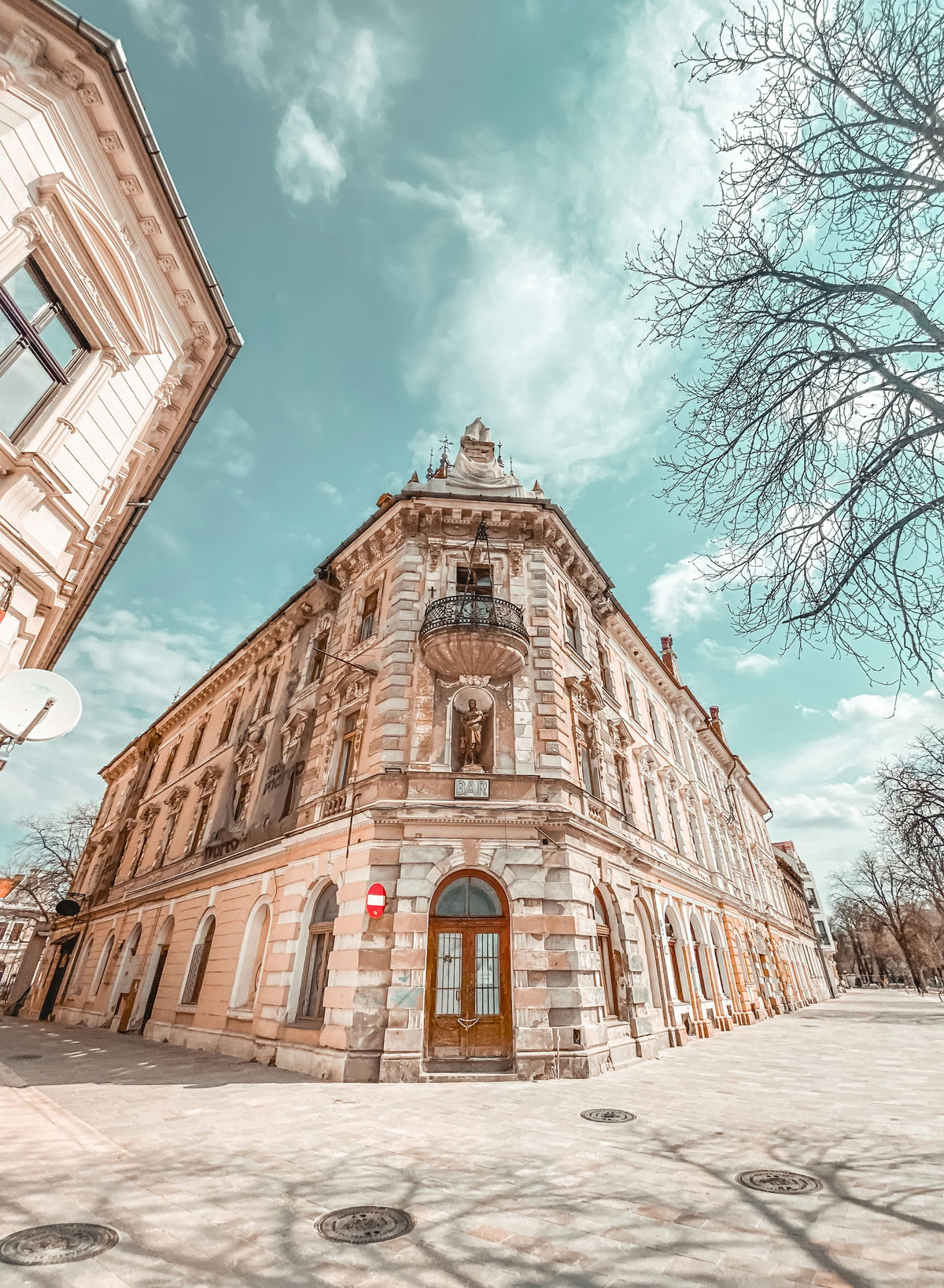
Oradea, Romania
Romania is a great place to visit because you can do a lot for your money. Your money will go a long way here, whether it’s for guided tours, wine tastings, fine dining, spa treatments, or tickets to attractions. But it’s important to note that prices in the tourism and hospitality industry have changed over the past few years because of the economy. There were a lot of problems for small businesses and guesthouses, and some of them had to raise their prices to stay in business.
At the same time, because of their popularity with tourists, larger cities like Bucharest, Cluj-Napoca, Sibiu, and Brasov tend to have slightly higher prices for hotels, restaurants, and other services. But don’t worry! There are still plenty of options for every budget, and prices drop by 30–50% when you go to a smaller city or a rural area.
Here’s a rough estimate of how much a tourist might spend per day in Romania: between 30 and 60 Euros for lodging, food, and other expenses. A main course at a restaurant will cost you about 25 to 50 Lei, which is about 5 to 10 Euros. Soups usually cost between 10 and 20 Lei, which is about 2 to 4 Euros. Prices for drinks start at 7 Lei and drinks with alcohol start at 15 Lei. Most tourist attractions charge between 20 and 70 Lei to get in.
To give you a more specific example, a 3-day city break for two people in Bucharest or Cluj-Napoca can cost between 200 and 350 Euros (not including flights or tours). This includes a lot of food, drinks, tickets, and transportation around town. On the other hand, a 7-day guided tour that starts in Bucharest and goes to places like Brasov, Transylvania, and Sibiu will cost between 1,600 and 2,000 Euros per person, depending on the hotels, activities, and schedule you choose.
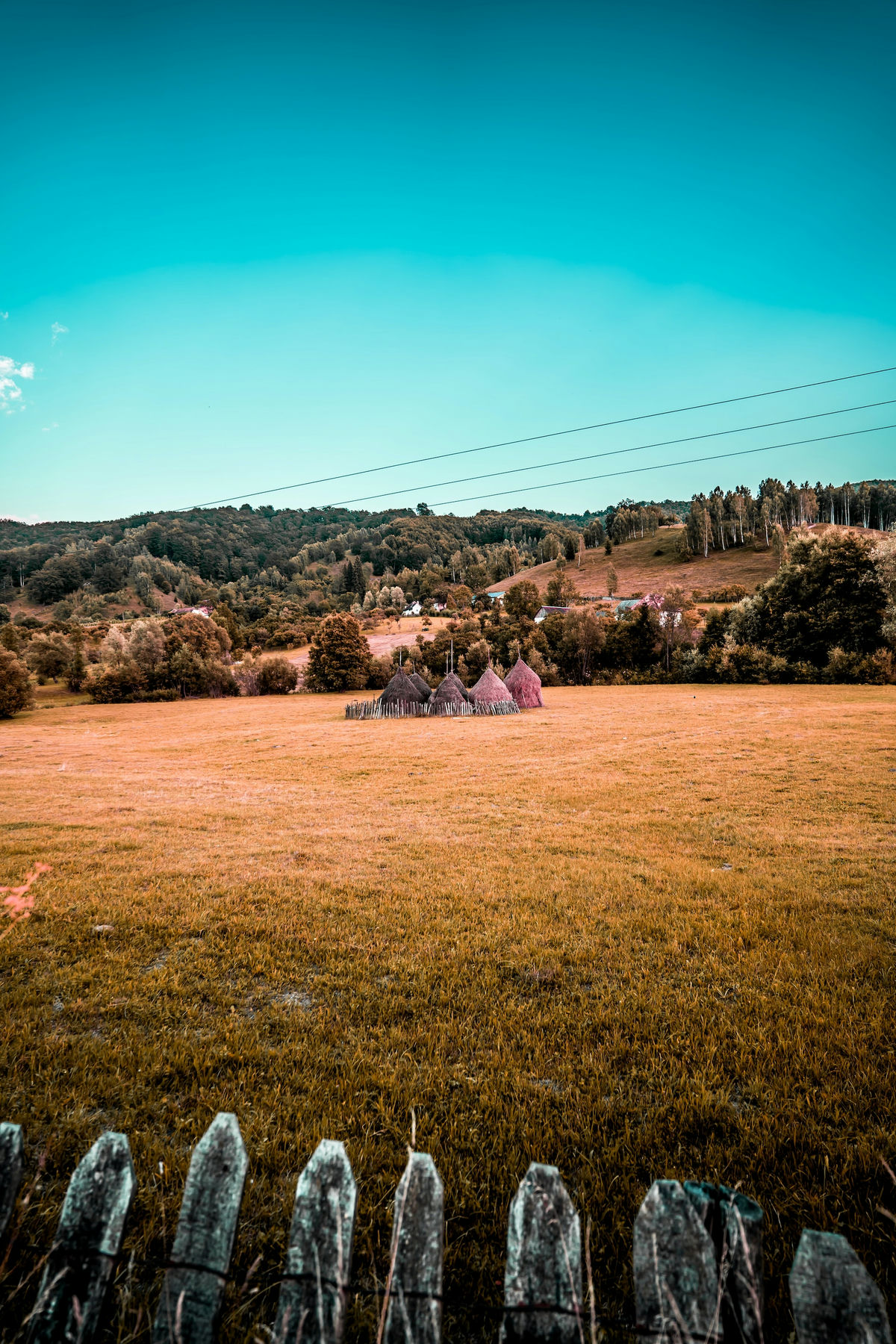
Petroșani, Romania
Let’s talk now about tips. Tipping is very common in Romania, and most people expect it. Service fees or coperto are not included in the price of a meal at a restaurant unless they are specifically listed. People usually leave a tip of 7–10% on top of the bill, but if the service is especially good, you can give up to 15%. Tipping is also appreciated for small personal services like body care and cosmetics, hotel concierge, drivers, etc. When tipping tour guides, it’s common to give 10-15% of the price of the tour or at least 100 Lei. And if your tour guide doesn’t say anything about tips (maybe because he or she is shy), trust your gut and tip as you think is right.
Don’t forget to go shopping, too! There are a lot of shopping malls all over Romania, which makes it a great place to go shopping. You can visit places like AFI Palace, Promenade Mall, Baneasa Shopping City, and Park Lake in Bucharest. Ask the locals or keep an eye out for malls like Iulius Mall in other cities. There are many shops, bars, and restaurants in the Old Towns of Cluj-Napoca, Brasov, and Sibiu Upper Town.
And for all you fashionistas out there, here’s a tip: Romania has a long history of making clothes and leather goods. There are local brands that are trendy, of high quality, and surprisingly cheap. So, go ahead and give yourself a retail therapy session while you’re here!
Exploring The Great Outdoors In Romania: Geography And Public Transportation
Now that we’ve talked about money let’s talk about the geography of Romania and the best ways to get around. Romania is really lucky to have so many different and beautiful landscapes. There’s something for every nature lover in Romania, from the beautiful Black Sea coast and the amazing Danube Delta biosphere in the east to the lush forests, picturesque green hills, and awe-inspiring Carpathian Mountains (also called the Transylvanian Alps) in the west.
The Carpathian Mountains, which reach heights of up to 2,544 meters (hello, Moldoveanu Peak! ), cover almost 40% of Romania’s land area and divide the country into three main regions: Transylvania in the north-west, Wallachia in the south, and Moldova in the north-east (not to be confused with our neighboring country, the Republic of Moldova).
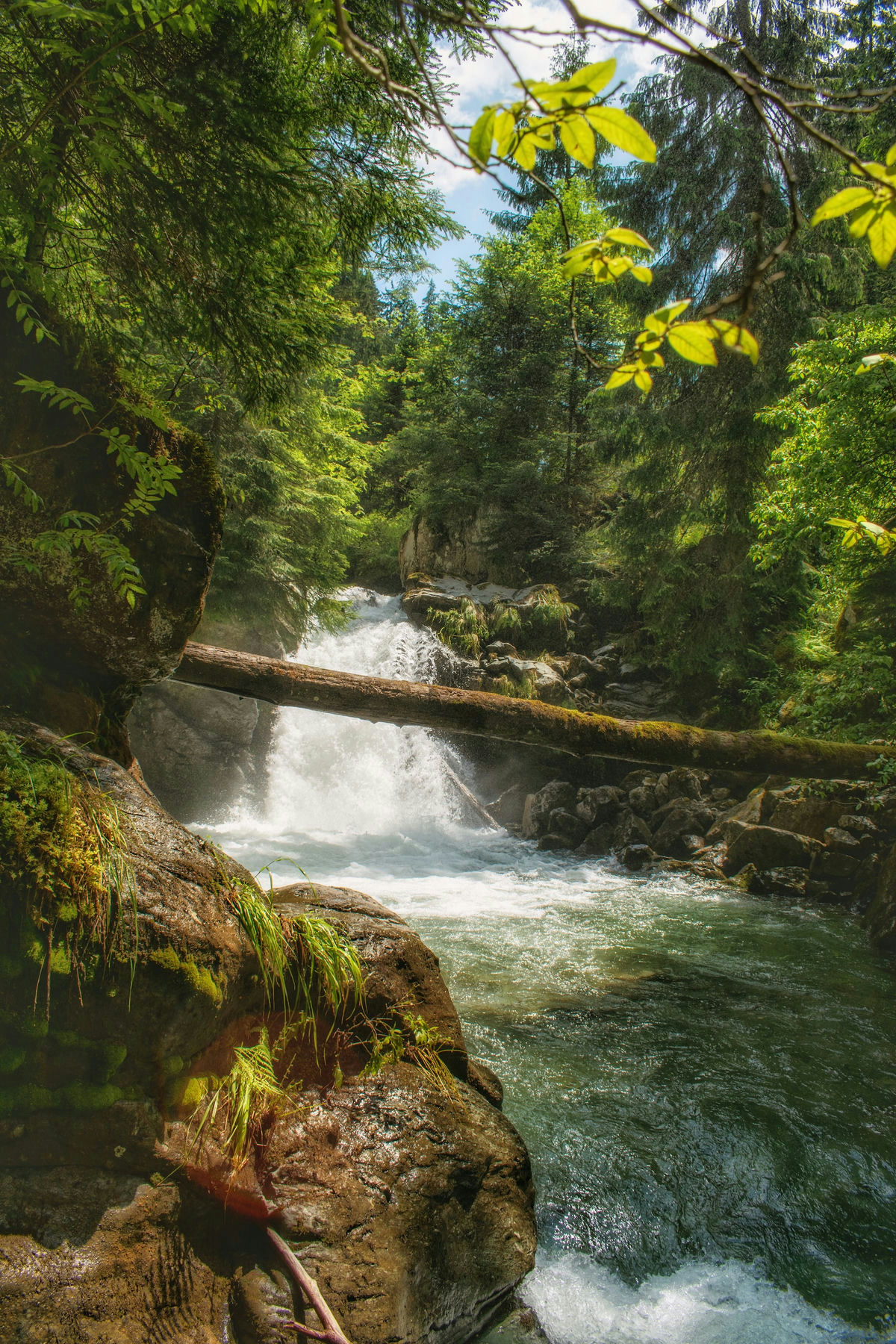
Poiana Mărului, Romania
Romania is your playground if you like to hike and do other things outside. With more than 100 peaks higher than 2,300 meters, a lot of beautiful trails for all skill levels, national parks like Piatra Craiului, Bucegi, and Apuseni, beautiful caves, sparkling lakes, and a lot of wildlife that has given Romania the name “Europe’s last wilderness reserve,” you’ll have a hard time deciding what to do. Check out our travel guide for hiking in Romania to find out what our country has to offer.
Let’s talk about how to get to Romania next. The easiest and most convenient choice is to fly. Romania has seven airports, including the main one in Bucharest (Otopeni), which is served by low-cost airlines like Wizz Air, Ryan Air, and Blue Air. About 4 million Romanians live outside of the country. You can fly to more than 100 places in Europe, including some of the biggest cities. You can find flights for as low as 20 Euros one way if you plan ahead and keep an eye out for deals.
But flying isn’t the only way to get there. You can also take direct trains from Vienna, Budapest, Belgrade, Sofia, or Thessaloniki. If you’re feeling adventurous, you could take a road trip through Eastern Europe. You could take a boat cruise along the Danube River for a more relaxing trip.
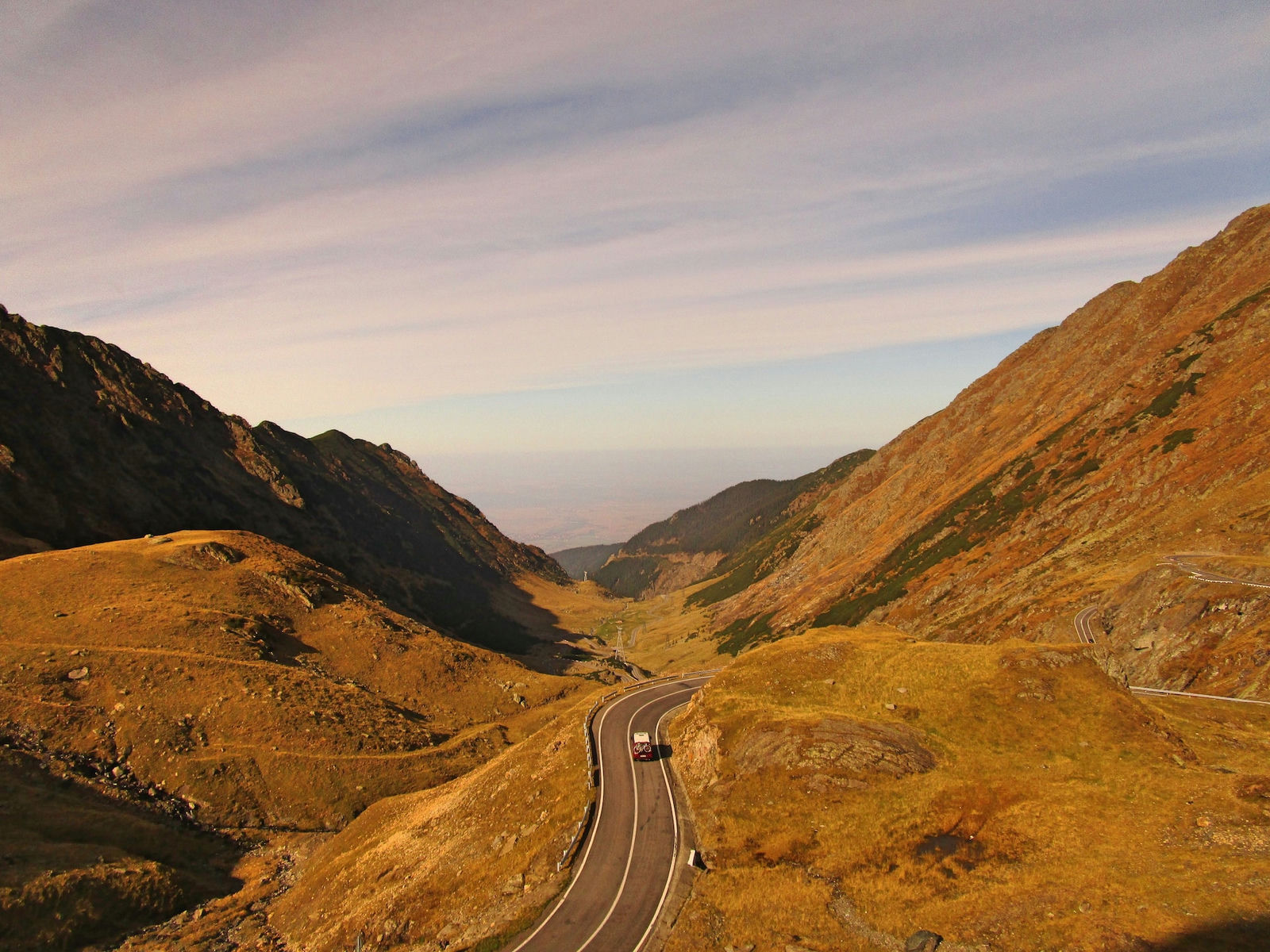
Transfăgărășan, Cârțișoara, Romania
When it comes to public transportation within Romania, I won’t sugarcoat it; it can be a bit challenging. Our transportation infrastructure is still underdeveloped, particularly in terms of roads and trains. The country has few highways, and most roads are single-lane, which means traffic can be heavy, especially with trucks. As a result, traveling 100 kilometers by road can easily take around two hours. On the bright side, trains are relatively inexpensive, although they tend to be slower, with an average speed of 80 km/h.
Discovering Romania: A Journey through Its Best Experiences
Conclusion
Romania is a captivating destination that offers a wealth of cultural, historical, and natural wonders to explore. Before embarking on your journey, there are several key things to keep in mind. Firstly, be prepared for the country’s diverse climate, which ranges from hot summers to cold winters. Pack accordingly to ensure your comfort throughout the trip.
Secondly, familiarize yourself with Romania’s rich history and heritage. The country is a treasure trove of historical sites, from the imposing castles of Transylvania to the painted monasteries of Bucovina. Understanding the significance of these landmarks will enhance your appreciation of Romania’s past.
Next, embrace the warm and welcoming nature of the Romanian people. Interacting with locals can offer unique insights into their traditions and way of life. Learning a few basic Romanian phrases will go a long way in fostering meaningful connections and demonstrating respect for the local culture.
When it comes to transportation, consider renting a car to explore Romania’s stunning landscapes at your own pace. However, be prepared for the country’s sometimes challenging road conditions and driving habits. Alternatively, public transportation, such as trains and buses, provides reliable options for getting around the major cities and towns.
Frequently Asked Questions (FAQs):
Do I need a visa to visit Romania?
Depending on your nationality, you may or may not need a visa to enter Romania. EU citizens can enter with a valid ID card, while citizens of certain countries may require a visa. It’s recommended to check the Romanian embassy or consulate in your country for specific visa requirements.
Is it safe to travel to Romania?
Romania is generally a safe country to visit. However, like any other destination, taking basic precautions such as being aware of your surroundings, avoiding isolated areas at night, and keeping an eye on your belongings is essential.
What currency is used in Romania, and can I use credit cards?
The currency used in Romania is the Romanian Leu (RON). Credit cards are widely accepted in larger cities and tourist areas, but it’s advisable to carry some cash, especially when visiting smaller towns or rural areas where card acceptance may be limited.
What are some must-visit attractions in Romania?
Romania offers numerous must-visit attractions. Some of the highlights include Bran Castle (commonly known as Dracula’s Castle), the painted monasteries of Bucovina, the medieval town of Sighisoara, and the stunning landscapes of Transylvania and the Carpathian Mountains.
Are there any specific customs or etiquette I should be aware of?
Romanian people appreciate polite behavior. It’s customary to greet people with a handshake, maintain eye contact during conversations, and use titles when addressing someone formally (e.g., “domnul” for Mr. and “doamna” for Mrs./Ms.). Bringing a small gift when invited to someone’s home is also polite.
How is the public transportation system in Romania?
Romania has a well-developed public transportation system, especially in major cities. Bucharest, the capital, has an extensive metro system, buses, and trams. Trains and buses connect various regions of the country. However, be prepared for occasional delays or changes in schedules.


